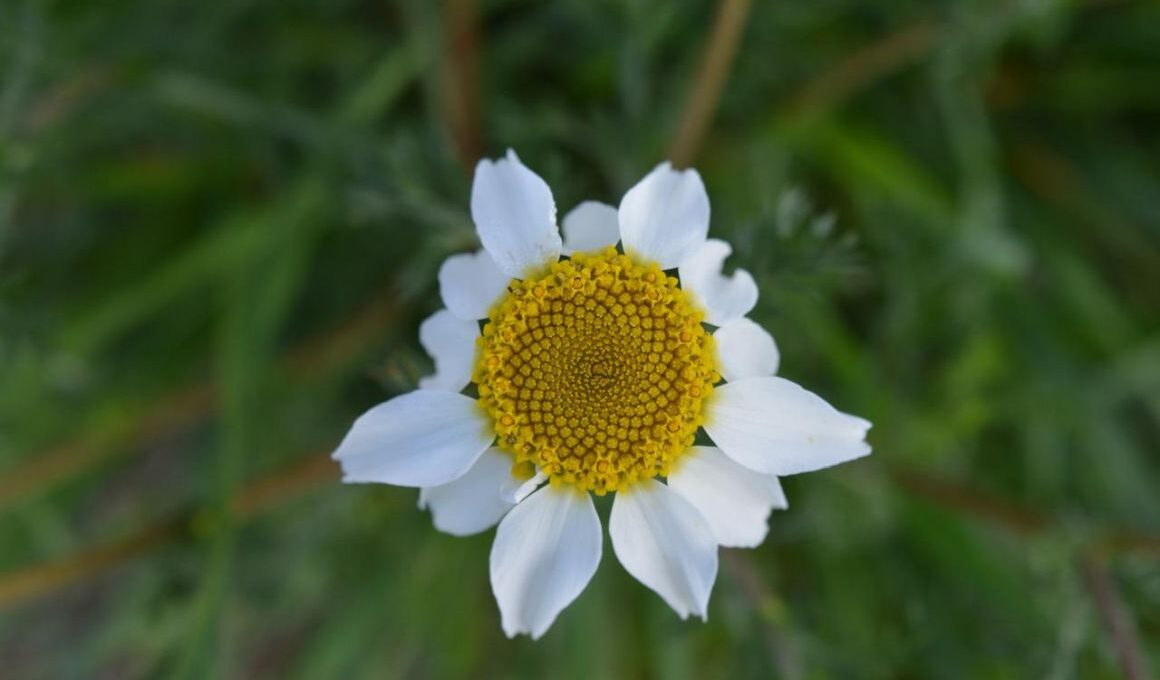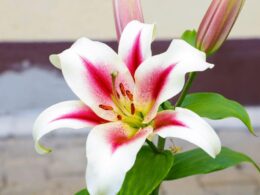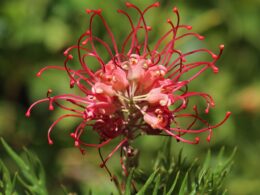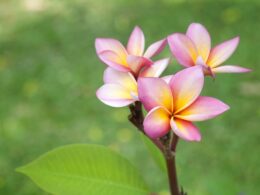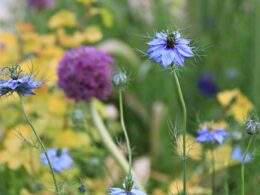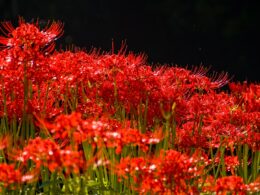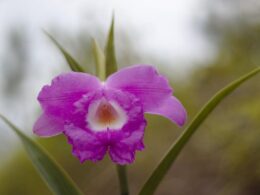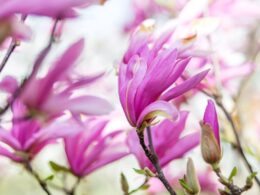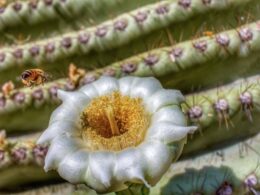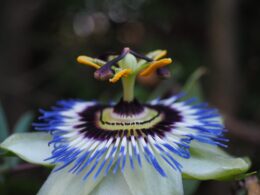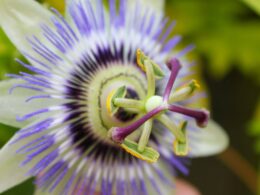What Is a Margarita Flower? Species, Origin and Characteristics
The margarita flower (Argyranthemum frutescens), also known as the marguerite daisy, is a species of flowering plant that is native to the Canary Islands. It’s also naturalized in southern California. The plant is a member of the Asteraceae family, which also includes the common daisy (Bellis perennis). The scientific name argyranthemum literally means ‘silver flower,’ and frutescens means ‘shrublike.’
The margarita flower has long been prized for its beauty, and it is often used in floral arrangements. It’s most commonly white, but it can also be found in shades of pink and purple. The plant blooms in the summer and typically grows to be about 2 feet tall. The flowers have a diameter of 2 centimeters (0.79 inches).
Marguerite daisies are a popular choice for gardens due to their low maintenance requirements and their tolerance for dry conditions. The flowers you’ll typically see in parks and private gardens are hybrids of different Argyranthemum species, selected for the most showy blooms.
What Varieties of Marguerite Daisies Are There?
There are many cultivars of margarita flowers, and new hybrids are being developed all the time. They come in white, yellow, pink, and red. Some of the most popular marguerite daisies include:
- ‘Golden Butterfly’ – yellow flowers with orange centers;
- ‘Qinta White’ – white flowers with yellow centers;
- ‘Cherry Love’ – double, all bright pink flowers;
- ‘Fireball Red’ – deep red flowers.
Your local nursery or garden center will have a good selection of margarita flowers to choose from. They may not have the exact cultivars listed here, but all varieties are equally beautiful!
How to Grow Margarita Flowers
Marguerite daisies are easy to grow and make great additions to any garden. They’re drought-tolerant and can tolerate poor soil, but they prefer well-drained soil that’s rich in organic matter. The flowers will do best in full sun, but they can also tolerate partial shade.
Plant margarita flowers in the spring or fall. If you’re planting them in the spring, be sure to wait until all danger of frost has passed. To plant, dig a hole that’s twice as wide as the root ball and just as deep. Place the plant in the hole and backfill with soil, tamping it down gently as you go. Water the plant deeply after planting.
Marguerite daisies are sometimes considered annuals, but they’re actually perennial plants. They’ll come back year after year, getting bigger and more beautiful each time. However, they may not overwinter in areas with very cold winters. If you live in an area with harsh winters, you can dig up the flowers in the fall, put them in containers and replant them in the spring.
Margarita Flower Care Tips
Once your margarita flowers are planted, they’re pretty much care-free. If you’re growing them from seeds, water them deeply once a week, and fertilize them once a month with a balanced fertilizer. After germination, they’ll only need an inch of water per week. If you see any dead flowers, be sure to remove them so that the plant can focus its energy on growing new ones. Other than that, just sit back and enjoy the show!
How Long Do Garden Marguerites Last?
The margarita flower is long-blooming, which means it will bloom from spring until fall. Once the blooms start to fade, you can cut the plant back by half to encourage new growth. With proper care, your marguerite daisy will continue to bloom all season long!
Are Marguerite Daisies Toxic to Pets?
The margarita flower may be toxic to pets. It’s difficult to find clear information on daisy toxicity, so it’s always best to err on the side of caution and keep them out of reach of curious pets. If your pet does eat a margarita flower, watch for signs of gastrointestinal upset, such as vomiting or diarrhea. If you see any of these signs, contact your veterinarian immediately.
Enjoy the Display of Margarita Flowers in Your Garden!
Margarita flowers are beautiful, easy-to-grow plants that will add color to your garden from spring until fall. With so many cultivars to choose from, you’re sure to find the perfect marguerite daisy for your garden!





